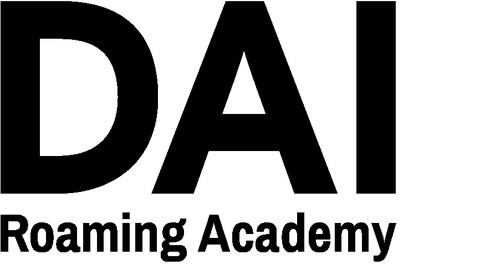Aldo Esparza Ramos: “A bird told me that we are made of stories.” E. Galeano
Aldo E.Ramos' 20 minute presentation for CONSTANT CRAVING ~ PERFORMING UNDER CONDITIONS - DAI's 3 day graduation lectures marathon, June 2018 was entitled “A bird told me that we are made of stories.” E. Galeano
